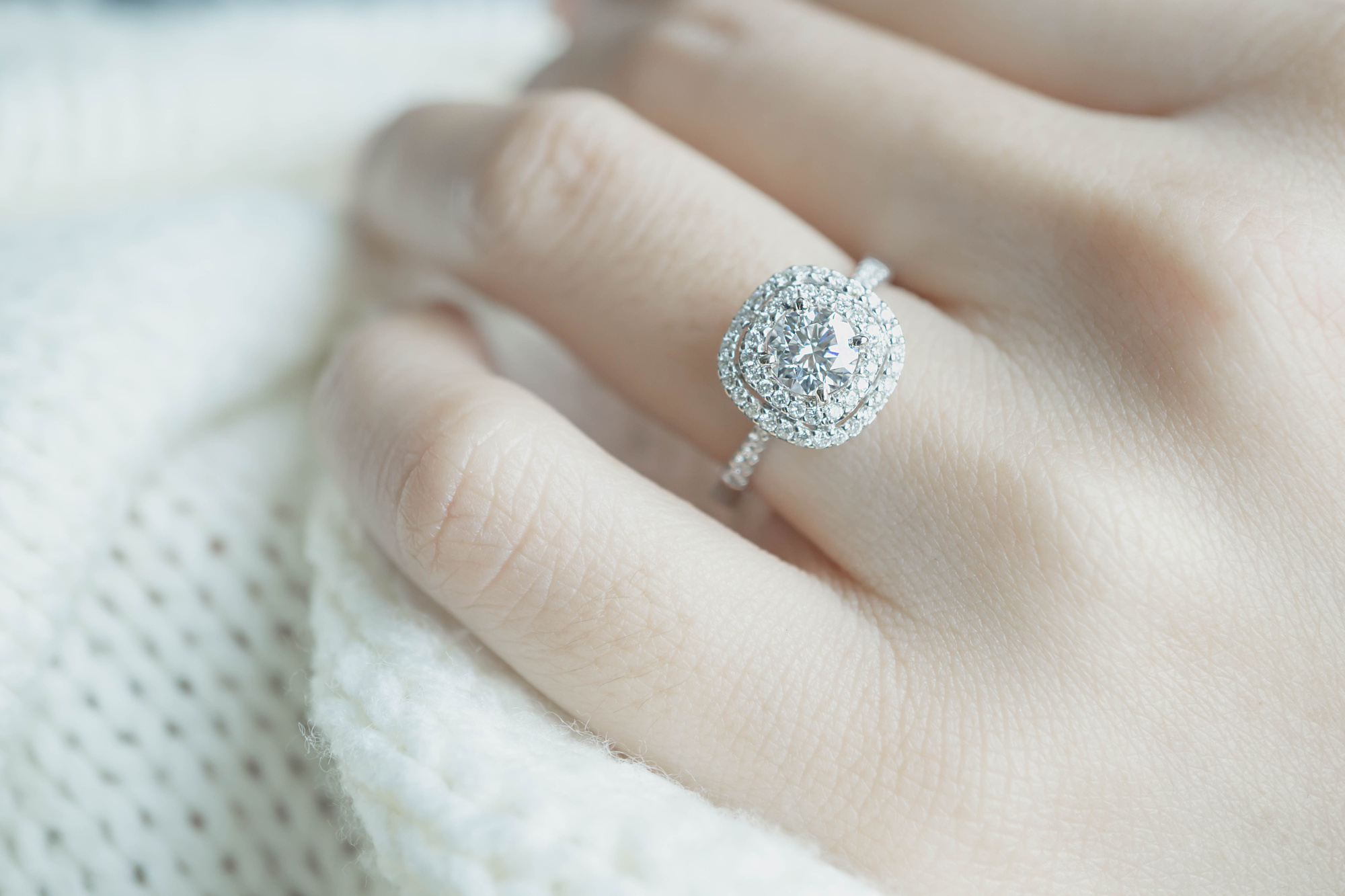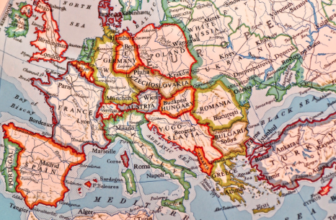
Diamond cut shapes have been in our hearts for ages, appearing in history, we think, about 4500 years ago!
How diamonds have shaped us is almost the same story as how we have come to shape them! We’re going to cover the most popular and well-known cuts in this article.
Make sure to imagine the scenes as we go through some of these romantic histories.
Will you read on with us? If you say “I do,” by all means keep scrolling!
Heart
The heart shaped diamond cut has one of the longest histories we know of, going all the way back to 1463 when the Duke of Milan described another noble’s pursuits as “a heart-shaped diamond.”
Not only is it an ancient cut, but well known for being a royal gift. Less than a hundred years after the Duke of Milan’s entry, Mary Queen of Scots tried to smooth things over using the legendary cut.
This cut is the most expensive cut for many reasons, not least of which is the extremely complex shape it takes.
Pear Or Teardrop
Another ancient cut, the pear shaped diamond cut or teardrop cut also has its beginnings in the early 1400s. This is credited to a Belgian named Lodewyk van Berquem. Not only did Berquem invent this cut, but also many of the tools, methods, and facet placement that have gone virtually unchanged until now.
Berquem has become as timeless as the material he helped to shape.
Oval
The first known diamond matching the description of an oval cut is from 1304. It wasn’t until 1954, though, that Lazare Kaplan’s work on the oval has been described as “perfected.” Because of the similar shape to the rough, though rounded, the oval has been a popular shape through the ages.
The first time the public set eyes on the Koh-i-Noor, part of the Royal British Crown Jewels, it drew crowds of hundreds—all the way back in 1851. By then, the diamond had already crossed borders along with royal families for hundreds of years, sometimes getting refined along the way.
Marquise
An entry of diamond cut that remains exquisitely popular was born in the 1700s, by King Louis XV to commemorate Jean Antoinette Poisson, his lover and mistress. This was reportedly commissioned to resemble the shape of her lips.
Since, Jean Antoinette Poisson was the female equivalent of a Marquis, a Marquise, the female form of the rank’s name, the name was also given to the cut. You might see this cut more often on other gems, such as sapphire, but it is firmly entrenched in the history of diamonds.
Emerald
This shape, first formed and developed for emeralds as the name suggests, is an easier (but no less beautiful) cut to make. It goes back to some of the first forms of gemstone cutting, the table cut, and was developed during the 1500s.
The name of the cut, however, came into vogue about the time of the 1920s, when such rectangular patterns became popular and it had to have been distinguished between baguette and other cuts of similar shape.
Cushion
It’s agreed the history of diamonds as jewelry starts in India, and then as Brazil was discovered to have diamonds, the trade moved there. As diamonds were found in Brazil, the diamond trade flourished.
Before long, people forgot that diamonds once came from India. Similarly, people have forgotten that Brazil was a key source of diamonds when diamonds were found in great numbers in South Africa. Brazil came to be known in the industry as the “old mines.”
Thus, from the “mine cut” we get the cushion cut which graces the fingers of women around the world. This cut has evolved as much as the source of diamonds has evolved, to refine its shape.
Radiant
As time goes on, we build upon good things, making them even better. So is the case with Henry Grossbard’s creation, the radiant cut. A sort of hybrid between cushion cut and emerald cut, it is, however, in its own category entirely.
Developed Grossbard until 1977, when it became public, they’re known to truly be radiant as their numerous facets create sparkles as plentiful as stars in the night sky.
Asscher
Joseph Asscher, in 1902, created the Asscher cut. It is similar to an emerald cut in overall shape. Don’t let the simplicity of the facets fool you, however. The cropped corners of the Assher cut, along with the cascade of squares that draw you to the center. It is Art Deco heaven.
While it was very popular until World War 2, the height of its success was during the Art Deco period and never recovered to those heights of popularity. It’s a cut with exceptional clarity, for which you can learn more here.
Princess
The Princess cut comes with a lot of contention. In 1961, Arpad Nagy from London used the name for his own cut. Later, in 1971, Basil Watermeyer created the Barion cut with more than 80 facets. Just a few years later, in 1979, the Quadrillion cut was patented, with 49 facets. Many would come to call this the “princess” cut.
It wasn’t until the industry tried to fill a gap in the market that this square profile with 58 facets was dubbed the “princess,” unequivocally.
Round
The round is the undisputed king of diamond cuts. More people know this cut before any others. The round didn’t come to pass as we see it now, until about 1919 when Marcel Tolkowsky’s design took the world by storm.
The 58 facet cut was the first truly round, fully circular shape to utilize the recent invention of tools to make it, in the late 1800s.
Diamond Cut Shapes: Full Circle
Just as diamond cut shapes have come full-circle with the round, we’ve come full circle on the history of diamond cuts. It’s a fascinating history, to be sure, filled with intrigue, love, and contention.
Diamonds “last forever,” so to speak, but the way we view them changes with time. If a new cut came out tomorrow, would you notice? Now that you know the history of many of the cuts, you might!
We know you enjoyed this article on diamond cut history. Why not see what else you might like at Fashionterest. Read on for more!





